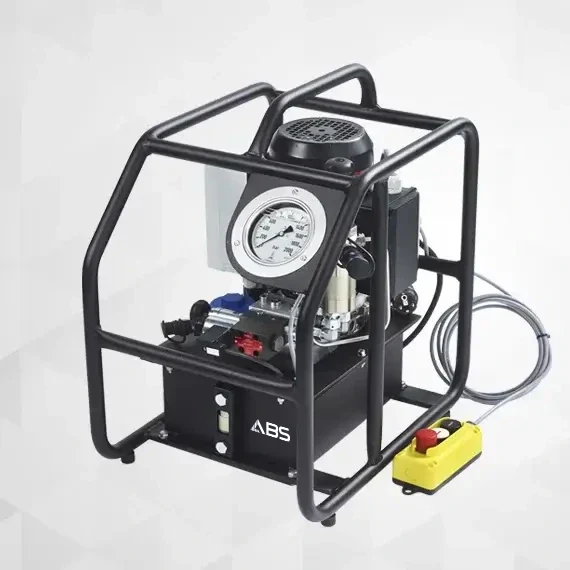Hydraulic Bolt Tensioning Pump
At ABS Arabia, we offer the TensionPro Electro Max: a robust electric hydraulic tensioning pump. It's designed for Saudi Arabia's toughest industries– from power generation to heavy construction and offshore facilities.
Electro Max offers precision, durability, and ease of use– making it a great match for TensionPro bolt tensioners. This includes our Duo Series, used in applications such as wind turbines, power stations, oil refineries, as well as high-pressure systems.
Despite its compact size, the unit boasts a tough design housing a very efficient motor. This combination results in low overall mass, quiet running characteristics, as well as straightforward transportability— even when working in tight spots or far-flung locations throughout the Kingdom itself.
Features :
Available in 1500 and 2500 bar options to cover many tensioning requirements
Dual-scale 100mm gauge (psi/bar) for easy pressure reading
Optional MPa single-scale gauge if needed for special projects
Quick Connector outlet to attach hoses fast and securely
Really quiet operation at <70 dBa– just right indoors or where noise is an issue
5-liter hydraulic tank with a window glass so you can see the level easily
Built-in safety pressure release valve
Pressure setting valve giving you control over adjustments
Full-function pendant control makes operating it simple and safe


